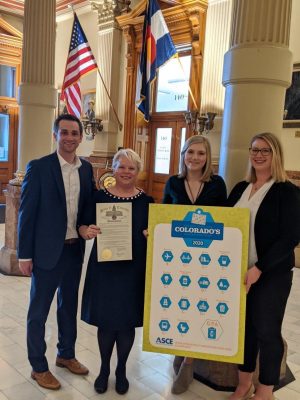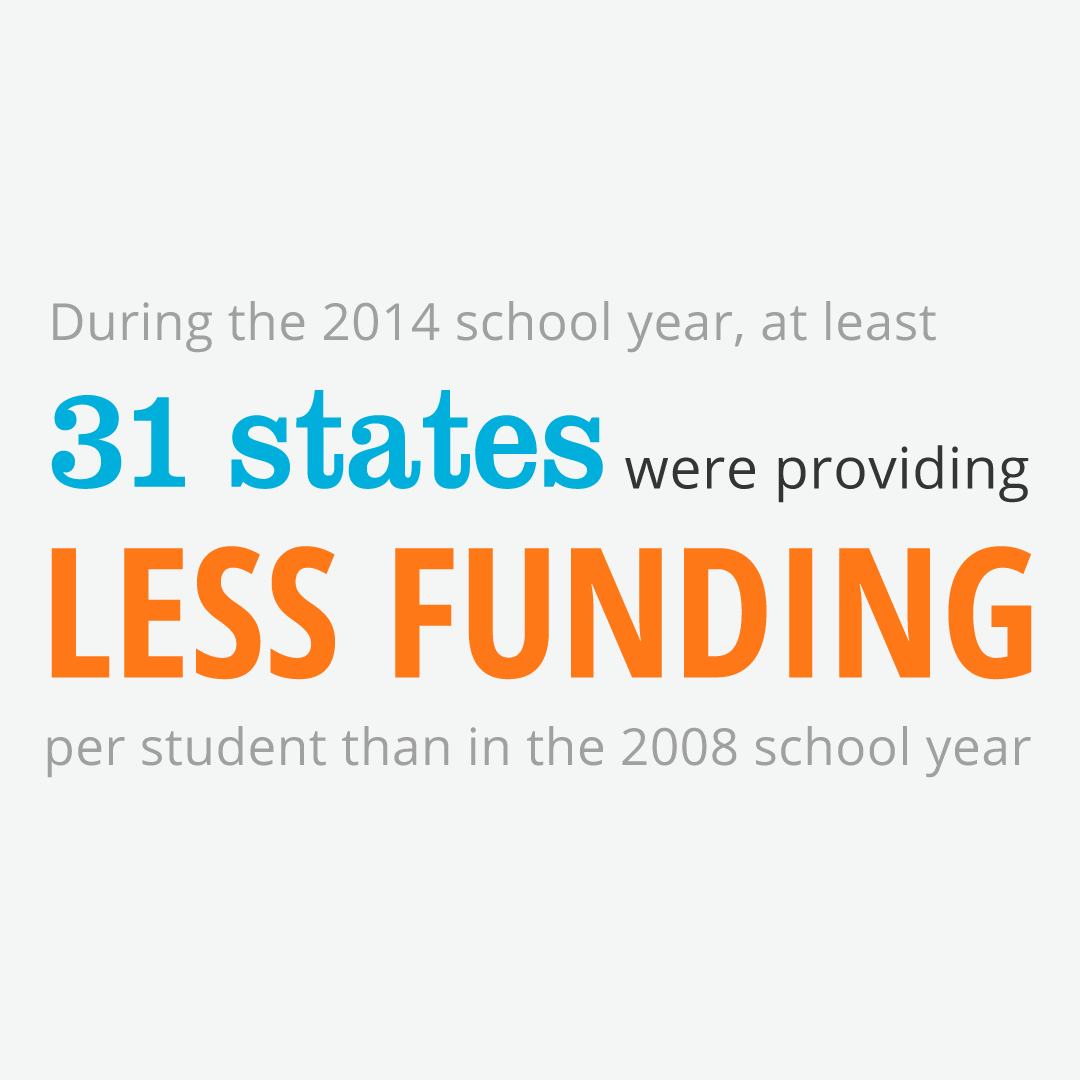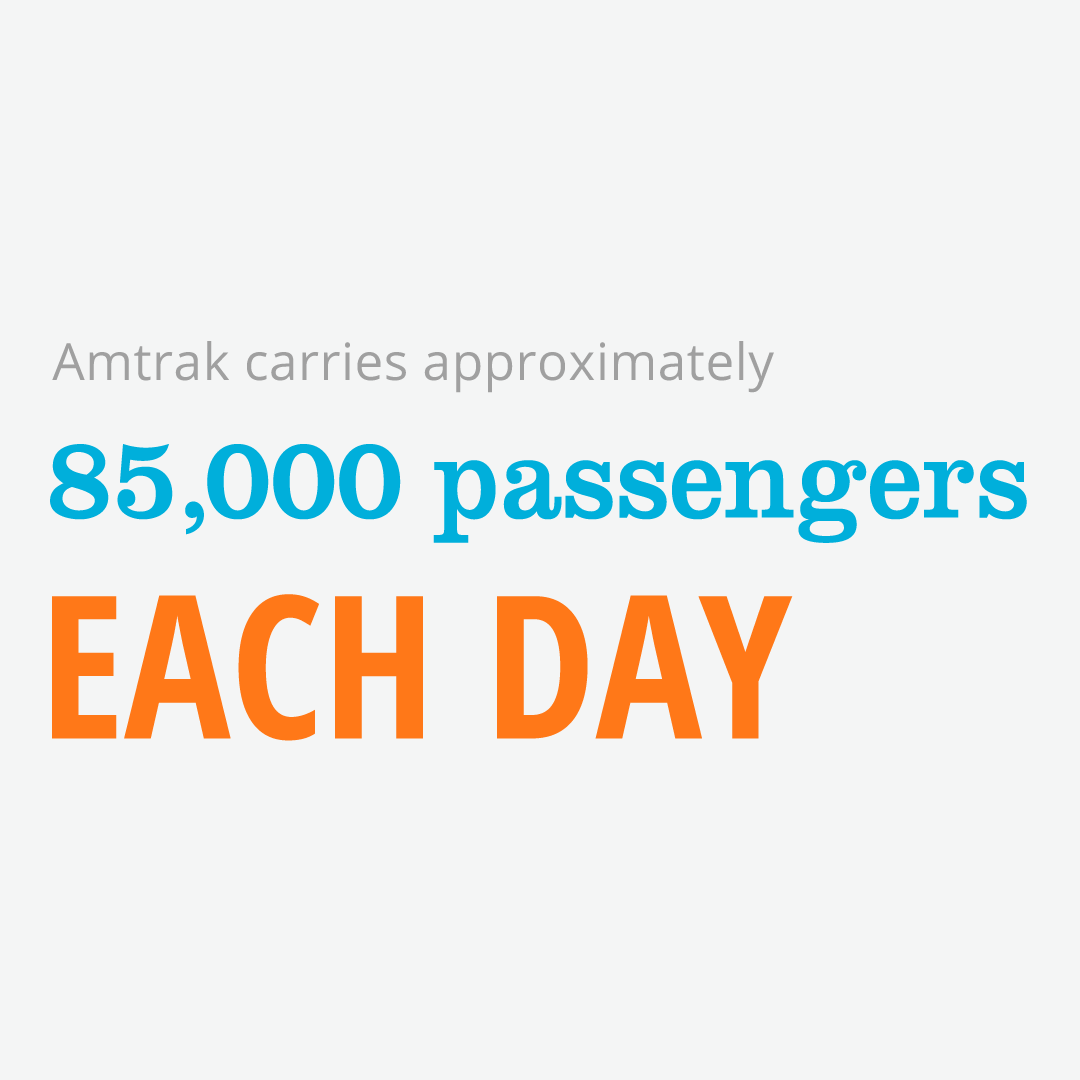Colorado’s roads and bridges are sitting better than the national average, but funding is being stretched to modernize infrastructure with a growing population.
Today at the Colorado State Capitol, the Colorado ASCE Section unveiled the full report card, giving 14 categories of infrastructure an overall ‘C-.’ Infrastructure categories included aviation, roads, bridges, energy, schools, hazardous waste, drinking water, and more. Schools received one of the lowest grades (D+), exhibiting needs that far exceed the funding available for necessary replacements, repairs or upgrades – adding up to an approximately $14 billion funding gap.
In general, Colorado’s transportation network has seen positive jumps since the 2010 report card, but faces challenges due to age, weather damage, and lack of investment. The overall condition of Colorado’s bridges (C+) is above average. Of Colorado’s 8,786 bridges, 5.4% are rated structurally deficient, compared to 7.6% nationally, but 15.4% require repairs with an estimated cost of over $680 million. Environmental hazards such as freeze-thaw, rockfalls and scour have increased the rate of bridge deterioration, making it difficult to protect against these threats.
While Colorado has some of the costliest maintenance challenges in the country due to the large mountain passes and elevation changes, 44% of roads are in good condition as compared to the national average of 28%. Over the last 10 years, Colorado Department of Transportation (CDOT) and transit agencies have stretched limited funding to improve and increase the capacity of the state’s surface transportation networks, so the ability to sustain these conditions is uncertain as Colorado’s gas tax has not increased since 1991, and the state is grappling with a growing population and aging assets.
Population growth in the state is causing overuse and wear and tear in Colorado’s drinking water systems and energy grid. The average age of the state’s major drinking water treatment facilities and conveyance pipes is approaching 50 years and with a standard design life of 50-60 years, many of the infrastructure components are approaching or have exceeded this range. While drinking water capacity is currently sufficient, some rural areas are challenged to provide clean water to their constituents due to aging pipelines. A positive note was that water consumption in Colorado is nearly 50% lower than the national average due, in large part, due to a successful public education program focusing on water conservation implemented in the early 2000’s by various water utilities.
While Colorado is rapidly transitioning to cleaner sources of energy and produces more than 232,900 energy jobs in the state, the state’s energy grid faces challenges. For example, the existing transmission and distribution lines were not built to accommodate large amounts of renewable energy and distribution lines are vulnerable to severe weather events, contributing to the average Coloradan experiencing 2.8 hours of power outages annually. While this compares favorably to the national average of 5.9 hours per customer per year, each outage has major impacts on quality of life and productivity. In the near and long-term, wildfires, heavy winds and floods will put increased stress on the state’s energy infrastructure.
Dams scored about the national average at a “C+”. In Colorado, the number and quality of Emergency Action Plans (EAPs) have significantly increased: today, approximately 98% of high hazard potential dams now have an EAP, putting fewer residents at risk in the event of a dam failure.
Recommendations to raise the grades include, but are not limited to, the following:
- Prioritizing infrastructure during state and local budget discussions and in elections can help connect disparate parts of the state, strengthen the economy and alleviate challenges associated with a quickly growing population—including rural/low-income communities to promote a high quality of life.
- Use life-cycle costs assessments to clearly distinguish a project’s true cost over its lifetime and to better evaluate the projects throughout the state that will provide the greatest benefit/cost ratio.
- Robust transit and multi-modal planning and funding is needed to create viable transportation alternatives to help combat congestion and pollution, especially in metropolitan areas.
- Establish performance standards for Colorado levees that are consistent with other hazards faced by state residents, rather than relying on the federal default protection for 1 in 100-year floods.
- Continue developing and implementing technologies geared towards improving wastewater treatment with a focus on improved efficiency, sustainability, and nutrient and emerging contaminant removal.
ASCE State and Regional Infrastructure Report Cards are modeled after the national Infrastructure Report Card, which gave America’s infrastructure a grade of ‘D+’ in 2017. To read the full report, go here.























































